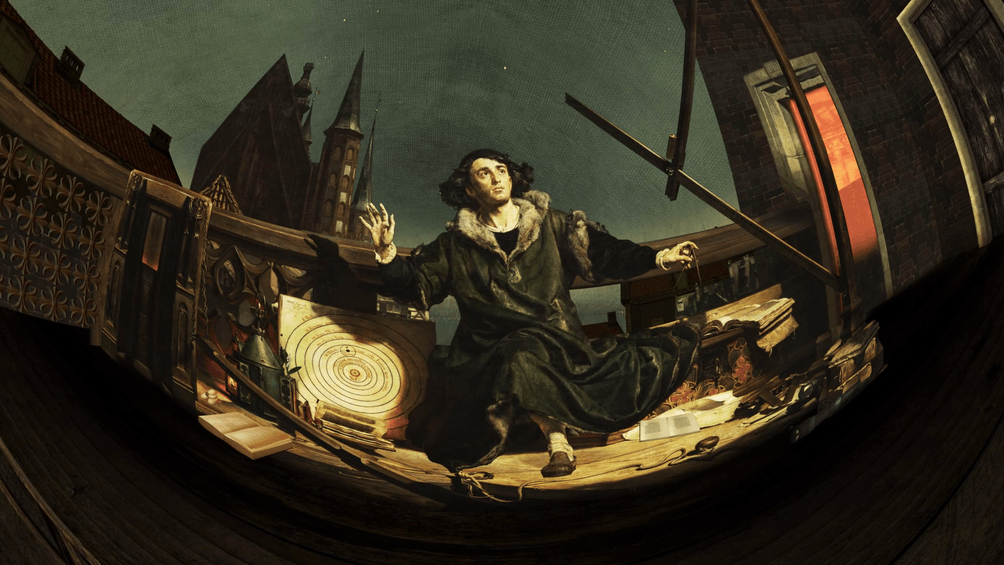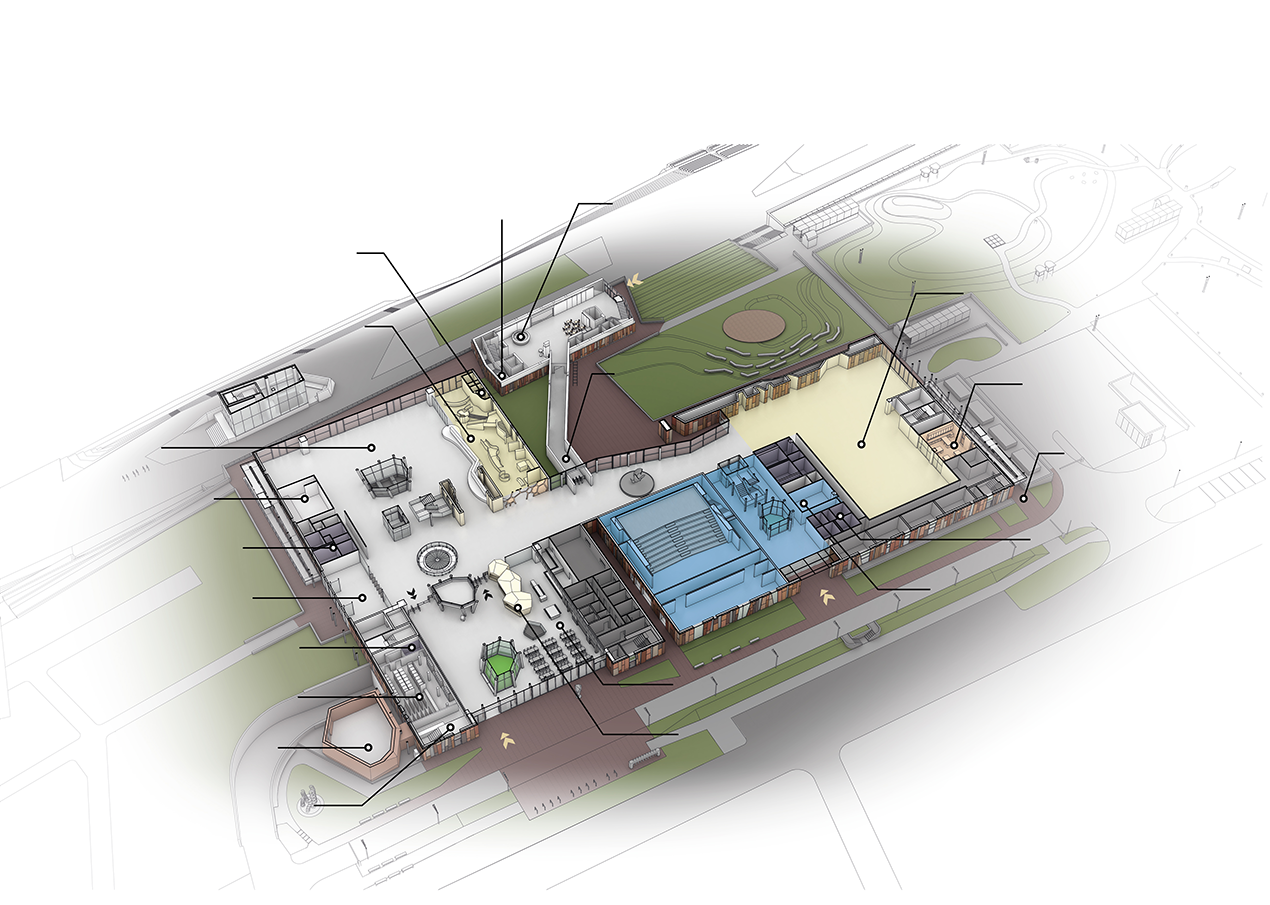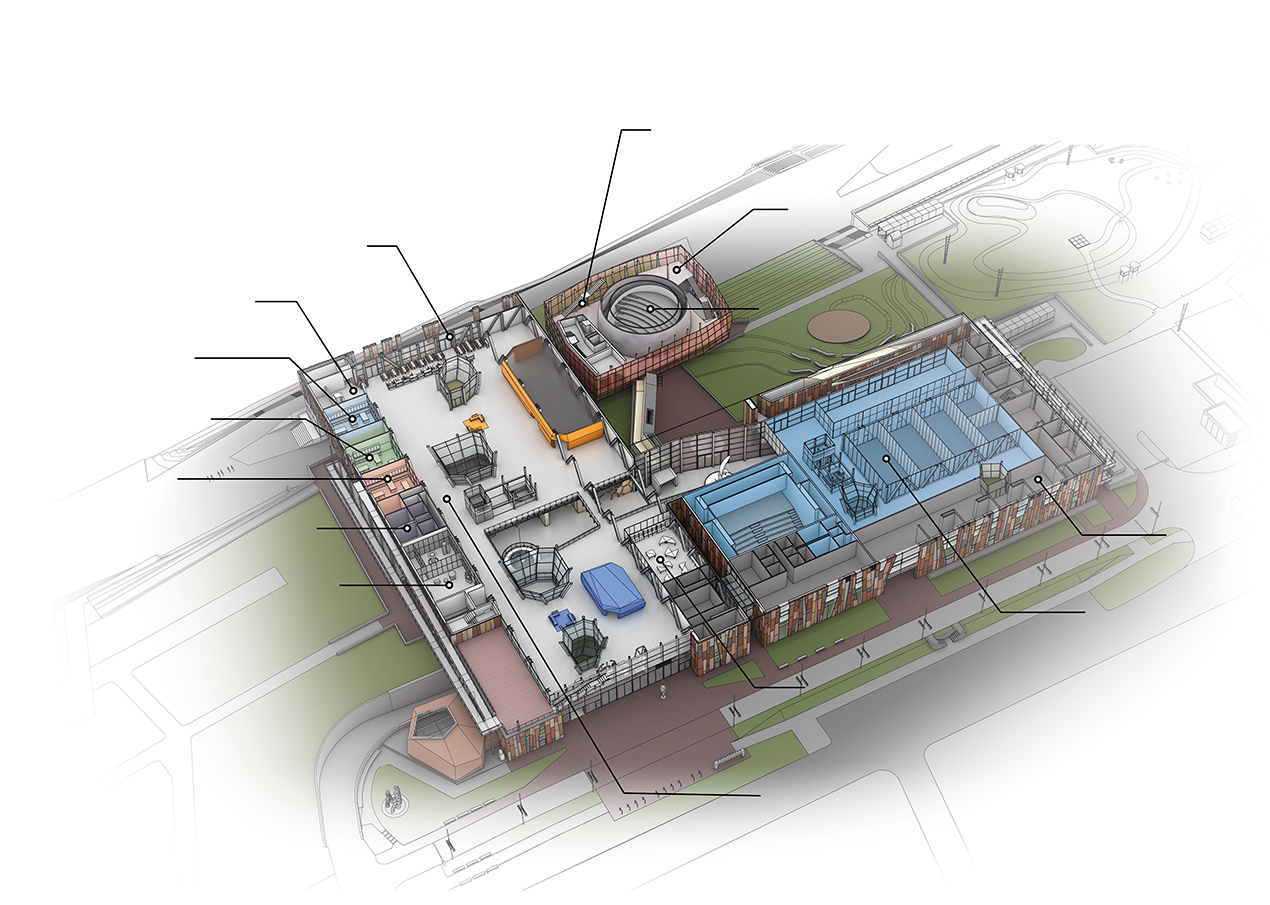500 years ago, when Nicolaus Copernicus looked up at the sky for observation, all he had was his eyes. He used special instruments such as a quadrant, a wooden parallactic triangle, and an armillary sphere. Today, we observe the night sky through massive telescopes, we can check constellations using an app on a smartphone, and we use planetariums to visualize the sky.
All of this is thanks to the smaller and larger advances made in science. Those that have revolutionized our knowledge of the world are now called Copernican revolutions or scientific revolutions. The idea of the Polish astronomer - placing the Sun at the center of our planetary system - took many years to become widely recognized as the basis of modern science.
"The Copernican Revolution" is a show about the history of astronomy and the breakthrough made by Nicolaus Copernicus. It is hosted live and partially improvised, so the translation available through headphones may not be literal. It focuses on describing the observed objects and phenomena.



